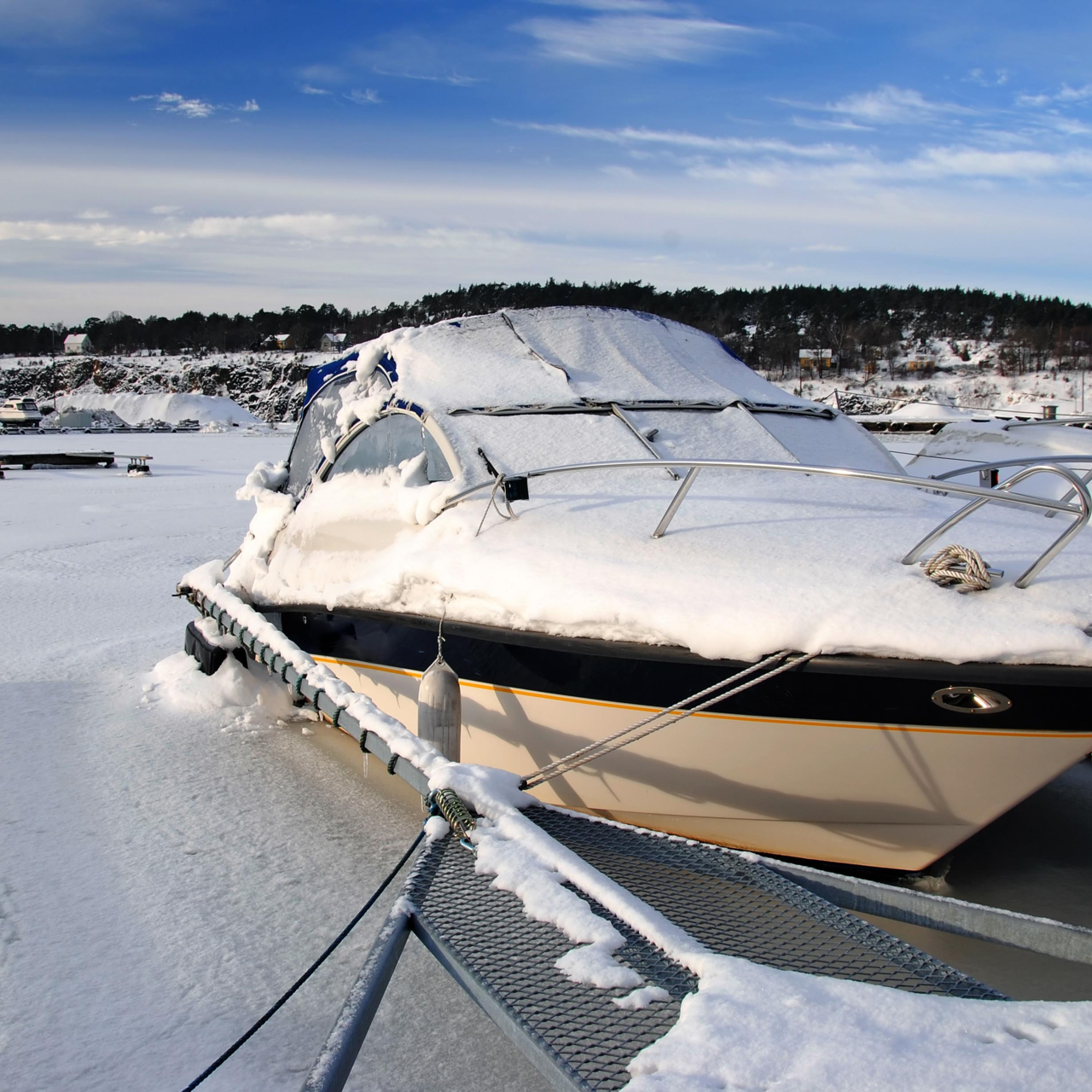
10 Boat Winterization Tips for a Trouble-Free Spring
Labor Day festivities means the time is drawing near to hang up those wakeboards and reach for your coat. Boats usually see reduced usage during the winter months, even in warm regions like Southern California or Florida, due to shorter days, harsh weather conditions, and busy holiday schedules.
Not using your boat during the off-season can damage many of the parts. Seasoned boaters know that extended inactivity actually exacerbates wear and tear and contributes to breakdowns. Unattended corrosion will worsen, moisture can penetrate and cause freezing, and lubricants can thicken during the cold off-season.
Properly storing and winterizing your boat in the fall means you’re more likely to avoid costly repairs down the road. The last thing you want to experience on the first warm day on the water is damage that could have been prevented with some basic boat maintenance.
Following a winter maintenance plan will help keep your boat in good condition and ready to use after being stored for an extended period. Here are 10 tips from our Sierra experts to help you winterize your boat.
1. Begin with a Clean Boat
Keeping your boat clean will help it withstand seasonal inactivity and minimize the necessary preparation when it's time to use it again. Wash, clean, and wax the hull, deck, and all hardware and trim. Inspect fiberglass boats for blistering, especially if they spend extended periods in the water. Address and repair any blistering issues. Don't neglect to clean the windshields and other fabrics such as drop curtains, Isinglass, bimini tops, etc. Ensure that all canvas is dried thoroughly before storing it neatly. If possible, remove all canvas from the boat and store it indoors.
By starting winter with a clean boat, you'll prevent dirt and corrosion from taking hold, making it easier to prepare in spring.
2. Purge the Cooling System
For boats with raw water cooling systems, flushing the engine thoroughly with fresh water will help eliminate salt, dirt, and corrosion. Boaters in harsh climates can also run propylene glycol antifreeze into the cooling system by connecting a pickup hose from an antifreeze container to the water pump of the engine. For outboard motors, flush with freshwater and drain all water from the engine.
3. Maintain Your Boat’s Fuel System
Fill your fuel tank to capacity to prevent condensation buildup during storage. Replace the fuel filter at the end of the season, or install a Sierra water separating fuel filter if your boat doesn't have one. Add marine gasoline stabilizer, such as Sierra Universal Fuel Stabilizer, to the fuel tank – follow the instructions to minimize gum and varnish buildup and keep the fuel and fuel system clean during storage. After adding the stabilizer, run the engine for a few minutes to ensure it circulates through the system.
4. Boat Winterization Means Protecting Your Engine
Spending time on your outboard or sterndrive engine during winter maintenance will prevent buildup and protect internal components during winter storage. Sierra Combustion Cleaner can also be used to dissolve gum and varnish in the fuel system, clear away carbon deposits, displace moisture, and keep fuel stable while in storage.
To further protect the inside of the engine against rust and corrosion, use Sierra Fogging Oil. This specialized storage oil is applied by removing the spark plugs and spraying it directly into the engine cylinders. It forms a protective chemical film over internal engine surfaces without leaving a greasy residue or causing smoke when the engine is restarted. You can also spray fogging oil on a soft cloth and apply a light coat to visible areas of the engine exterior.
5. Prioritize Lubrication
A comprehensive end-of-season checklist for boaters should prioritize proper lubrication. Start by changing the oil and filter in inboard engines and four-cycle outboards. Do this after warming up the engine to remove sediment and impurities. Next, drain and refill the outdrive gear case or outboard lower unit to prevent damage from expanding water or impurities in cold weather. Inspect for water intrusion, indicated by milky and discolored gear oil - which may indicate leaking seals that require repair.
6. Don't Forget to Lubricate the Small Stuff
Don't neglect the small but important systems that require regular lubrication, especially before extended storage. For instance, in sterndrive boats, lubricate the fittings on the sterndrive gimbal bearing and engine coupler. Grease fittings on the steering tilt tube and engine trim mechanism. Additionally, use a moisture-displacing lubricant on various moving metal parts such as hinges, latches, switches, linkages, ratchet mounts, and bow rollers.
Boats on trailers should also have their wheel bearings greased with Sierra wheel bearing grease and inspected for wear and water intrusion. Remove the propeller to check for fishing line damage and shaft seal damage, then apply a water-resistant grease on the propeller shaft before reattaching.
7. Examine Your Boat Thoroughly from Front to Back
Winterizing your boat is an ideal opportunity to address minor issues before they become significant problems. Carefully inspect potential problem areas using your eyes. For instance, look for frayed cables, damaged insulation, corrosion, or rough operation in mechanical steering and controls. Check fluid levels in hydraulic steering and refill if necessary while keeping an eye out for leaks around seals and fittings.
Inspect fuses and wiring connections for signs of corrosion, loose connections, or damaged insulation. Look for exterior cracking, bulging, or leaks in fuel lines and cooling hoses - especially around bends, hose barbs, and connections.
Ensure all hose clamps are tight and free of corrosion. Replace engine belts if excessive wear or cracking is present with Sierra OEM replacements. Replace sacrificial zinc anodes that have dissolved more than 50%. Pay attention to rubber bellows or "boots" on the outdrive and rigging tubes, as holes in these can allow moisture and dirt to enter and cause damage.
8. Boat Winterization Includes Preventing Moisture Damage
Clear the bilge compartment of standing water and debris, including dirt and oil. Do the same for lockers, drawers, live wells, fish holds, and storage areas. Clean these spaces thoroughly and place moisture absorbers to prevent mold and mildew during the off-season. Clean all cushions, paying extra attention to the underside where mildew often forms, and store them upright to allow proper air circulation.
9. Remove gear that doesn’t need to be on the boat
It's not ideal to leave all your gear on your boat during the off-season, as it can lead to dirt and moisture buildup. Take out life jackets, dock lines, fire extinguishers, flares, fenders, ski ropes, and other equipment. Store your gear indoors if possible. To prevent damage and theft, take out bracket-mounted electronics such as GPS/chart plotters, radar displays, and VHF radios. Cover the loose cable ends/connectors with electrical tape.
Remove marine batteries and store them in a cool and dry place, like a garage workbench. Clean the battery cable ends and apply a light coat of Sierra White Lithium Grease on them and the battery terminals. Check electrolyte levels and recharge the battery every 30 days during storage. If your boat is stored on its trailer, block the axles and remove the tires to prevent flat spots and sidewall cracking.
10. Cover Your Boat and Check it Regularly
The best storage option for your boat is a climate-controlled facility. If this is not possible, use a good cover to protect your boat from the elements. In harsh climates, professional shrink-wrapping is a tight seal against the elements - but it’s expensive. If you need to cover your boat yourself, use a custom-fitted cover and supports to prevent water pooling. Store your boat under a canopy or in a garage. If that’s not possible, choose a location that minimizes exposure to wind, weather, leaves, and sunlight. Keep the cover clean and free of snow, debris, and water. Check the boat regularly and tighten everything after checking to make sure it is in good condition.
Make Your Winterization Checklist and Stick to It
Boat winterization not only helps you avoid costly repairs, it also helps reduce the amount of work required to get ready for spring. Use these guidelines to adapt or expand your winterization checklist. Keep in mind that the specific steps may vary based on the type of boat you own. Consult your boat and engine owner manual or ask a marine service technician for specific recommendations. When in doubt, contact your local Sierra parts dealer for support.

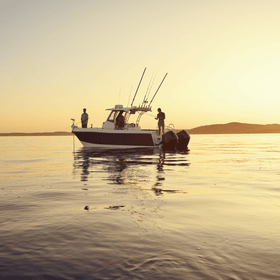
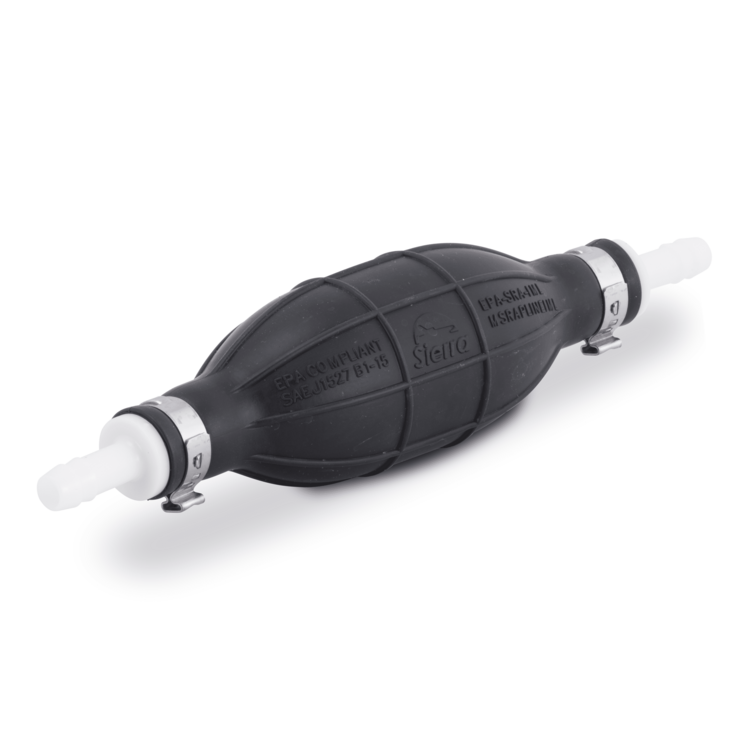

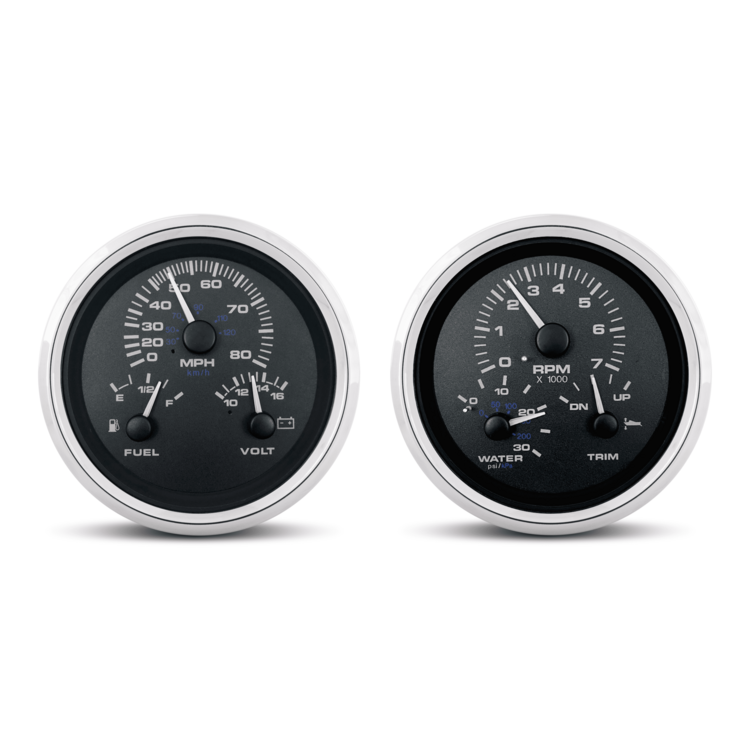
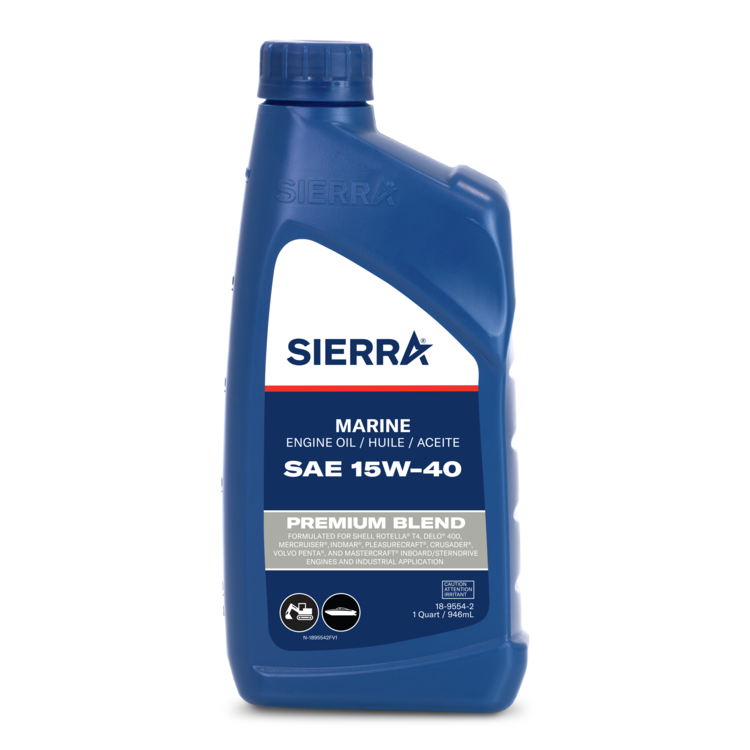
Leave a comment